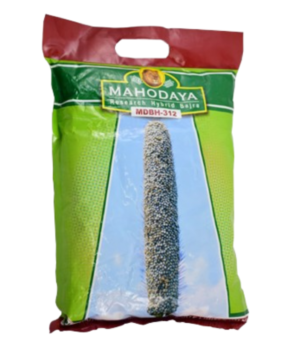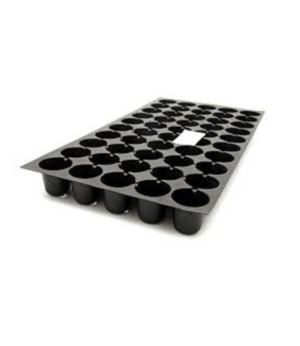US Numeric Size
Waist
US Denim Size
Hip
Chest




The 9 x 9 Wonder Grow Bag is an ideal solution for space-saving gardening, offering ample room for plant roots while ensuring excellent drainage and aeration. Perfect for growing vegetables, herbs, and flowers, this durable, reusable bag makes gardening easy and efficient, even in small spaces.
10 in stock
Flash Sale end in:

10 in stock
5 in stock
10 in stock
Out of stock
We want you to be happy with your purchase and we apologize if it is not. For whatever reason that you are not satisfied, we would be most happy to provide exchanges and returns for all items purchased from us if the following conditions are met.
All exchanges and returns would need to be raised within 10 days of the invoice date for Singaporeorders, and 20 days for overseas orders. For local deliveries, there is an option to exchange at any of our boutiques within Singaporeor through our online portal at www.company.com. All requests for returns however, would need to be strictly made online at www.company.com for both local and overseas deliveries.
All exchanges and returns would need to be raised within 10 days of the invoice date for Singaporeorders, and 20 days for overseas orders. For local deliveries, there is an option to exchange at any of our boutiques within Singaporeor through our online portal at www.company.com. All requests for returns however, would need to be strictly made online at www.company.com for both local and overseas deliveries.
1. Choose the Right Plant
Vegetables: Tomatoes, lettuce, spinach, herbs like basil, or even small root crops like carrots can thrive in a grow bag.
Flowers: Petunias, marigolds, and geraniums do well in grow bags.
Fruits: Small fruiting plants like strawberries or dwarf varieties of peppers can also be grown.
2. Prepare the Grow Bag
Place the bag in a location with plenty of sunlight (6-8 hours a day), preferably in your balcony, terrace, or garden.
3. Fill with Growing Medium
Potting Mix: Use a high-quality potting mix that is light, well-draining, and rich in organic matter. You can mix in compost and cocopeat for better moisture retention and aeration.
Fill the grow bag halfway with the mix, leaving enough space for the roots to spread.
4. Plant Your Seeds or Seedlings
If you are planting seeds, check the seed packet for the proper depth and spacing. Typically, small seeds like herbs should be planted shallow, while larger seeds (like tomatoes) need deeper planting.
For seedlings, dig a small hole in the soil and place the plant gently, covering its roots with the potting mix.
5. Watering
Water the plants lightly but thoroughly after planting. Keep the soil moist but not soggy.
Make sure to check the moisture level regularly. The grow bag’s fabric allows for air circulation, but it can also dry out faster, so daily watering might be necessary, especially in hot weather.
6. Fertilization
Use organic fertilizers like compost or a balanced liquid fertilizer to feed your plants regularly, especially if you’re growing vegetables. Fertilize every 2-4 weeks depending on the plant’s needs.
7. Maintenance and Care
Prune the plants to encourage growth and prevent overcrowding.
Check for pests like aphids or caterpillars, especially if growing leafy plants. Organic pesticides or insecticidal soap can be used if needed.
Ensure the grow bag is properly positioned for full sunlight, but keep an eye on extreme temperatures that might dry out the soil too quickly.
8. Harvesting
Once your plants have matured, harvest them according to the growing timeline for that particular plant.
Regular harvesting encourages more production in many types of plants like tomatoes, peppers, and herbs.

You can ask anything you want to know about our products
onlinestore@shetiudyog.com

